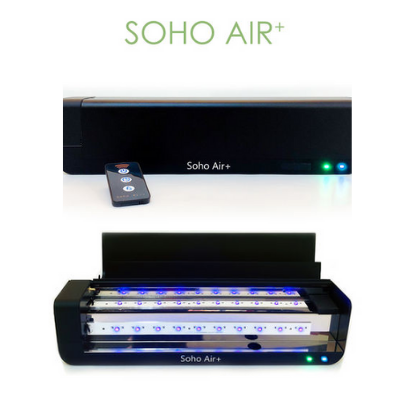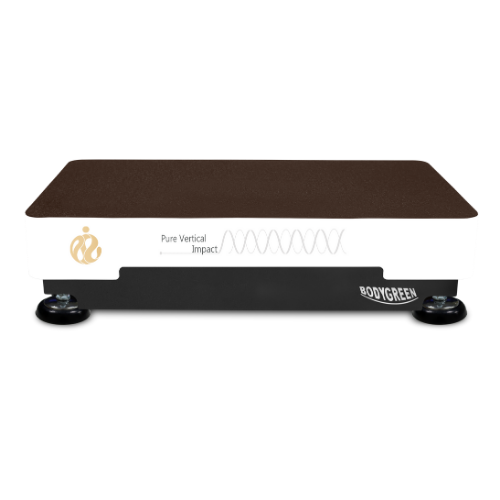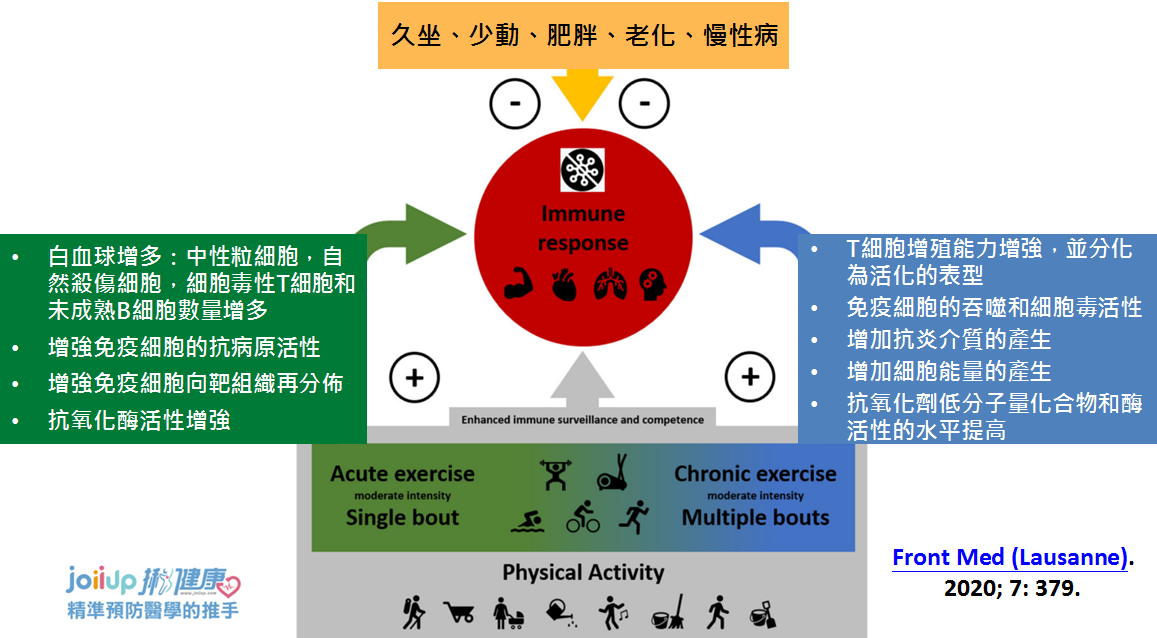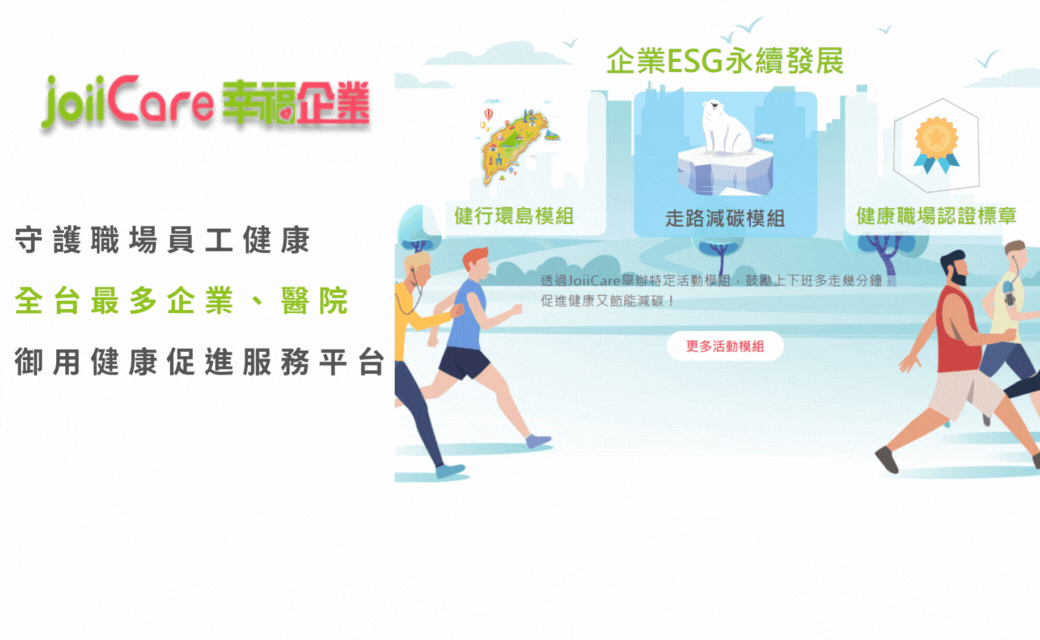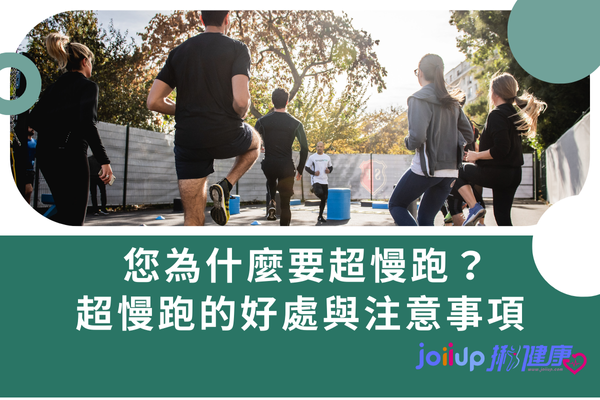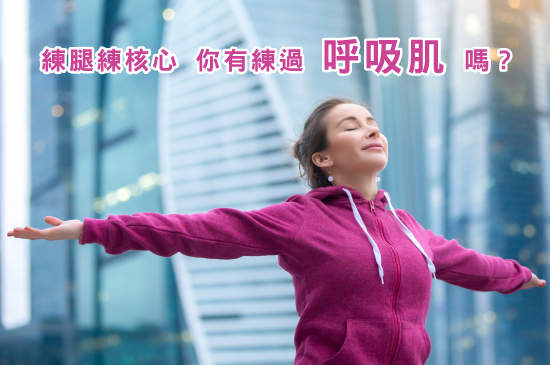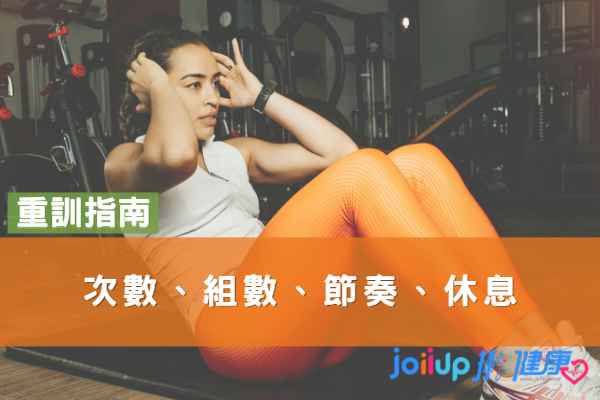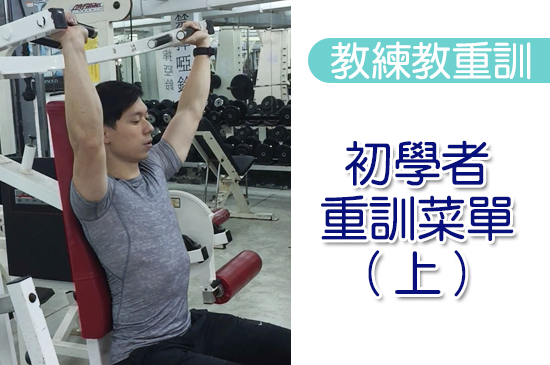www.joiiup.com
年長者抗新冠肺炎的運動鍛鍊方法
運動鍛鍊對於老年人對抗COVID-19等病毒性疾病的潛力
新型冠狀病毒(SARS-CoV-2)的傳播導致2019冠狀病毒疾病(又稱COVID-19) [1],讓我們處於全球性的公共衛生威脅。COVID-19的臨床特徵是發燒、咳嗽、疲勞、無法呼吸、肺炎/其他呼吸道症狀、腎衰竭、神經系統症狀,甚至死亡 [1–7]。最近的文獻表明,COVID-19通過嚴重破壞T細胞(尤其是自然殺手細胞;NK)的數量和功能,通過增加血液C反應蛋白(C-reactive protein ; CRP)和促炎性細胞因子的水平來損害免疫系統反應。導致脾臟和淋巴結萎縮,以及淋巴器官中的淋巴細胞減少 [2-7]。這種免疫失調主要在已有疾病的患者和老年患者中產生致命結果 [2、4、7]。
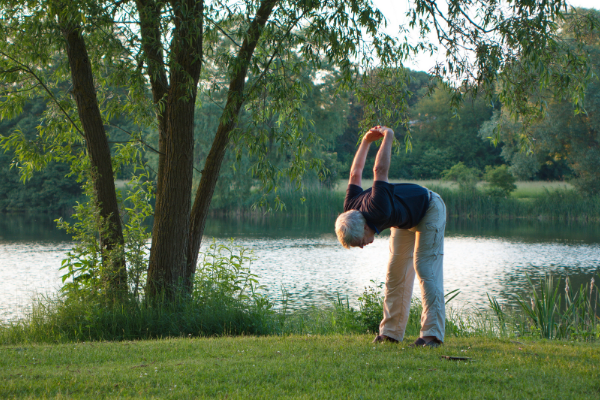
根據聯合國的數據,2019年全球65歲或以上的人口為7.03億,這意味著在COVID-19感染下,全球約有10%的人具有不良預後的風險。衰老的特徵在於多種變化,包括先天免疫系統介導的發炎症反應加重、抵抗感染,癌症和傷口癒合的能力降低,導致細菌和病毒感染的後果更加嚴重,並且對疫苗接種的反應降低 [8]。這種促發炎狀態使老年人容易受到組織破壞性免疫力和慢性發炎性疾病的影響。因此,可以預防或阻止免疫能力下降的干預措施將對該人群產生相當大的臨床和公共衛生影響。在這種情況下,包括老年人在內的常規身體活動和運動鍛鍊已被廣泛規定,因為它有利於抗發炎,促進健康的衰老並降低全因死亡率 [9]。
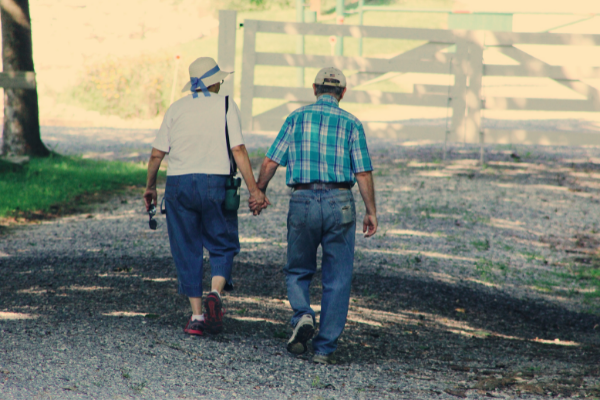
身體活動(Physical activity)
定義為骨骼肌收縮所產生的任何身體運動,包括運動、休閒活動、跳舞、散步和運動鍛鍊 [10]。同時,運動鍛鍊(Physical exercise)被定義為任何有計劃、有組織和有目的的運動干預。因此,運動鍛鍊是運動活動,但身體活動不一定是運動鍛鍊 [11]。運動鍛鍊都可以是慢性的長時間練習,或者只練習一次的急性鍛鍊 [12]。
大量的研究表明,以中等強度(最大心率的64-76% [13])進行常規運動鍛鍊(長期鍛鍊或訓練)可誘導多種信號通路的激活,從而傳遞持續的抗發炎和抗氧化反應。長期鍛鍊對免疫系統的某些積極影響與T細胞增殖能力、嗜中性粒細胞功能和NK細胞殺傷活性有關 [14]。例如,進行6個月的中等強度的有氧運動(每次15-40分鐘,每週3次),導致老年人血液中T細胞數量顯著增加 [15];12週的中等強度步行訓練(30-40分鐘,每週5天)顯示老年婦女的NK細胞活性增強 [16];進行中等強度運動鍛鍊的男性參與者與年齡相關的嗜中性粒細胞吞噬活性增加 [17]。此外,長期鍛鍊還被證實可以增強針對細菌和病毒的免疫反應,這可能會限制或延緩免疫老化或免疫衰老 [8]。活躍的肌肉釋放細胞因子,能夠抵消促炎性介質IL-1β和IL-18的刺激,並刺激IL-1rα和IL-10白介素的產生,從而增強免疫反應的抗發炎狀態 [18]。
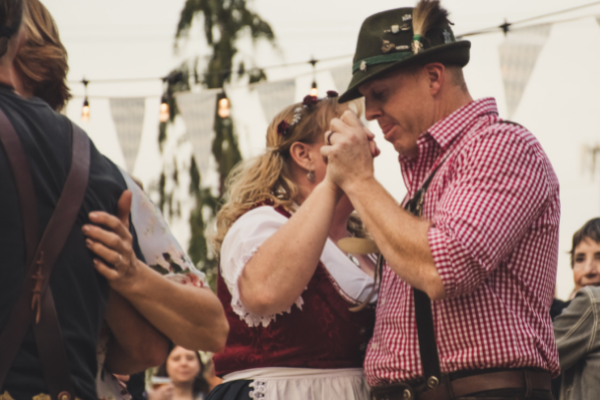
急性的(Acute)運動鍛鍊,以中等強度的步行30分鐘 [19]或短暫的鍛鍊,例如快速爬260階樓梯(中高等強度) [20],也可以通過增加抗病原體來增強免疫系統活性大量中性粒細胞、NK細胞、細胞毒性T細胞和未成熟B細胞與白細胞增多同時發生的組織巨噬細胞活性升高。劇烈的阻力運動,例如中等強度的肌力訓練45分鐘,證實衰老個體的免疫系統反應增強 [21]。這種增加肌肉力量的運動已被證明可以減少新陳代謝和心血管疾病,並且是對抗衰老個體骨質疏鬆症最重要的刺激之一 [22]。
這種增強免疫力的作用有助於解構“開放窗口(Open Window)”理論的關鍵假設,該理論假設單一的劇烈活動可能會暫時削弱免疫反應,從而增加機會性感染的風險 [23]。免疫細胞向周圍組織瞬間和隨著時間的重新分佈實際上可能代表著免疫監控(immunosurveillance)和能力的增強狀態,這是由細胞優先動員至運動後更容易感染的區域(例如肺和腸)所驅動的 [24-26] 。
研究表明,在進行病毒暴露之前,每週進行3次中等強度的有氧鍛鍊,持續4個月,可以改善流感疫苗的反應,並延長老年人的抗體水平 [27]。正如上述建議,這些增強的反應強調了在全球大流行中進行鍛鍊的重要性 [28],因為無論是一次急性鍛鍊還是隨著時間的推移反復進行鍛鍊,都會增強免疫系統,而不受年齡,身體健康狀況或病理的存在 [29]。考量運動是一種無需用到藥物的療法,將需要特定的強度劑量和實施時間以實現最大功效 [30]。
激效效應(hormesis)
定義為細胞和生物體對中等(通常是間歇性)壓力的適應性反應 [31]。這種現象既可以解釋運動干預(急性或慢性,中度到高強度)對我們的機體的好處,也可以解釋由於過度訓練(例如發炎過程的放鬆和能力下降)所造成的負面影響,維持體內平衡或體內動力調節 [32-34]。
研究發現每週適度的體力活動(定義為每周至少步行180分鐘)與較低的發炎標記物水平相關,例如以3075名年齡在70-79歲之間的受試者為樣本的細胞因子腫瘤壞死因子α(TNF-α)和CRP橫斷面研究 [35]。在211名健康的老年人(67±5歲)的樣本中,習慣性的運動鍛鍊也與嗜中性粒細胞(neutrophil)遷移動力學的維持有關 [36]。
除了各種運動鍛鍊的好處外,已經證明運動鍛鍊的生活方式還可能延緩免疫衰老 [37],並降低老年人的感染風險 [38]。積極的生活方式還可以限制脂肪組織的積累,從而防止肥胖的發展 [39],這是一種以低度慢性發炎為特徵的加速衰老的狀態 [37]。實際上,內臟脂肪的積累與T細胞增生和功能受損有關 [40]。眾所周知,脂肪組織由於長期的過度營養,久坐行為和衰老而生長,結果是引起慢性發炎的主要原因。促炎狀態會導致破壞性疾病的發作,例如胰島素抵抗、糖尿病、心血管疾病、肌肉骨骼疾病和某些癌症(子宮內膜癌,乳腺癌,卵巢癌,前列腺癌,肝癌,膽囊癌,腎癌和結腸癌) [41],它們本身已被證實是SARS-CoV-2爆發更嚴重後果的危險因素 [2-7]。
根據美國疾病控制與預防中心的數據,在美國,有3100萬中老年人(年齡在50歲或以上)是不活躍的,因此,所有這些都具有重要意義。世界衛生組織 [42]計算出,全世界有四分之一的成年人不符合全球每週進行運動鍛鍊的建議(每周至少150分鐘的中等強度有氧運動,或至少75分鐘的高強度有氧運動)運動活動,或兩者的等效組合)。由於開發和管理的成本過高或由於複雜的後勤而缺乏黏著度,多年來嘗試幾種干預措施以延緩老年人免疫系統的衰老,結果都令人失望 [37]。在這種情況下,身體活動和運動鍛鍊似乎是一種有潛力且便宜的工具,可增強免疫反應而且無不良副作用。
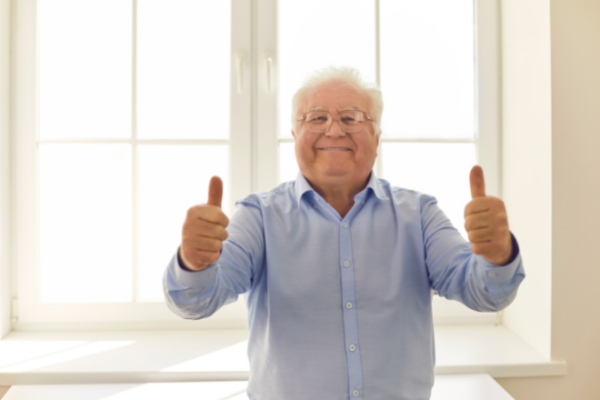
延伸閱讀
研究:增強免疫力,你可以這樣做!
目前針對規律進行運動鍛鍊對健康影響的分子途徑理解,包括三個主要系統的激活和相互作用,免疫反應、生物能學和對氧化壓力的抵抗力[43]。
沉默調節蛋白(Sirtuins)
廣泛分佈的蛋白質家族,負責調節許多基本生物學過程,包括壽命和健康,是鍛鍊有益身體作用的主要調節劑 [44]。 Sirtuins是單ADP核糖基轉移酶或煙酰胺腺嘌呤二核苷酸(NAD)依賴的組蛋白脫乙醯基酶,可通過細胞壓力,例如由急性或慢性運動引起的,可重新激活細胞防禦系統並增加細胞代謝和修復活性 [44]。
一旦激活,Sirtuins就會修飾組蛋白,轉錄因子和細胞質蛋白。例如,通過使PGC-1α(增殖物激活的受體-γ共激活劑1) [45]和FOXO(叉頭盒的O類)家族脫乙醯基化,Sirtuins調節粒線體的生物發生並刺激關鍵的抗氧化酶的表達,包括過氧化氫酶,錳超氧化物歧化酶和硫氧還蛋白 [46]。在這種情況下,研究表明,鍛鍊不僅會增加年輕人或成年人,而且還會增加老年人中其他組織中心臟和骨骼肌中Sirtuins的活性 [47、48]。
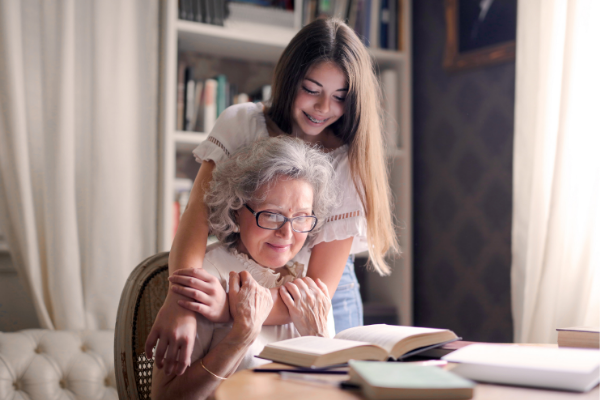
最近,還證明了沉默調節蛋白控制先天免疫細胞中促炎性細胞因子的產生,先天免疫細胞是參與病毒免疫反應的細胞類型。巨噬細胞是響應感染和環境壓力而分泌的促炎性細胞因子的主要來源,其活化被證明是通過免疫應答中的兩個主要促炎性途徑發生的:NF-κB和AP-1途徑 [49,50]。還證明了沉默調節蛋白與活化的T細胞向CD8 + T細胞的分化有關,CD8 + T細胞是負責殺死感染病原體的宿主細胞的淋巴細胞 [51]。因此,將運動鍛鍊作為一種非藥物干預措施來增加對多種免疫相關疾病的抵抗力是有潛力的。
免疫系統的衰老似乎與老年人中出現的幾種合併症有關,而T細胞與適應性免疫反應高度相關 [8、52]。像SARS-CoV-2這樣的病毒可以迅速損害T細胞的數量和功能,並促進血液中促炎性細胞因子水平的升高,這對於已患有疾病的患者或老年人可能會導致致命的後果 [2–4、6]。因此,患有慢性病的人和年齡較大的人群,由於對不同的傳染病,自身免疫性疾病,癌症,肥胖症和/或久坐的生活方式的敏感性較高,因此對病毒感染的不良反應風險較高。此外,與年輕或健康的個體相比,這些人群對疫苗接種的反應也較差 [21、25、27、37]。
『【真醫】全身垂直律動機- PELIGO律動機 / U2 』$29800
小結
運動鍛鍊誘導的免疫反應的益處包括增加抗病原體活性、增強抗炎細胞因子的再循環和白血球增多與對抗病毒感染有關 [14、19、20、53]。在分子水平上,Sirtuins可能是衰老過程中運動有益作用的關鍵調節劑之一 [34、44]。因此,由肌肉收縮引起的所有形式的能量消耗增加都會導致免疫增強作用(見圖一)。即使某人過去不運動,現在也可能是開始鍛鍊的好時機,以便為抵抗感染做好充分的準備。由於活躍的生活方式已顯示出對免疫系統的好處,因此可以表明身體活躍的個體,包括老年人和患有慢性病的人,更有可能減輕病毒性疾病的惡化,如COVID- 19。
圖一、身體活動、急性和慢性運動鍛鍊的積極影響以及久坐行為、缺乏運動、肥胖、慢性疾病和衰老對免疫反應的抑制作用。
( 參考原文:Physical Exercise Potentials Against Viral Diseases Like COVID-19 in the Elderly )
JoiiSports Premium Service上線囉!多種新功能幫你隨時掌握自身健康
參考資料
[1] World Health Organization Coronavirus Disease (COVID-19) Pandemic. (2020). Available online at: https://www.who.int/emergencies/diseases/novel-coronavirus-2019 (accessed June 25, 2020).
[2] Qin C, Zhou L, Hu Z, Zhang S, Yang S, Tao Y, et al. . Dysregulation of immune response in patients with COVID-19 in Wuhan, China. Clin Infect Dis. (2020) 12:ciaa248. 10.1093/cid/ciaa248
[3] Wang F, Nie J, Wang H, Zhao Q, Xiong Y, Deng L, et al. . Characteristics of peripheral lymphocyte subset alteration in COVID-19 pneumonia. J Infect Dis. (2020) 221:1762–9. 10.1093/infdis/jiaa150
[4] Chen N, Zhou M, Dong X, Qu J, Gong F, Han Y, et al. . Epidemiological and clinical characteristics of 99 cases of 2019 novel coronavirus pneumonia in Wuhan, China: a descriptive study. Lancet. (2020) 395:507–13. 10.1016/s0140-6736(20)30211-7
[5] Yang X, Yu Y, Xu J, Shu H, Xia J, Liu H, et al. . Clinical course and outcomes of critically ill patients with SARS-CoV-2 pneumonia in Wuhan, China: a single-centered, retrospective, observational study. Lancet Respir Med. (2020) 8:475–81. 10.1016/S2213-2600(20)30079-5
[6] Chen G, Wu D, Guo W, Cao Y, Huang D, Wang H, et al. . Clinical and immunologic features in severe and moderate Coronavirus Disease 2019. J Clin Investig. (2020) 130:2620–9. 10.1172/JCI137244
[7] Huang C, Wang Y, Li X, Ren L, Zhao J, Hu Y, et al. . Clinical features of patients infected with 2019 novel coronavirus in Wuhan, China. Lancet. (2020) 395:497–506. 10.1016/s0140-6736(20)30183-5
[8] Nikolich-Zugich J. The twilight of immunity: emerging concepts in aging of the immune system. Nat Immunol. (2018) 19:10–9. 10.1038/s41590-017-0006-x
[9] Llamas-Velasco S, Villarejo-Galende A, Contador I, Lora Pablos D, Hernández-Gallego J, Bermejo-Pareja F. Physical activity and long-term mortality risk in older adults: A prospective population based study (NEDICES). Prev Med Rep. (2016) 4:546–50. 10.1016/j.pmedr.2016.10.002
[10] American College of Sports Medicine ACSM's Guidelines for Exercise Testing and Prescription. 9th ed. Philadelphia, PA: Lippincott Williams & Wilkins; (2013).
[11] Wegner M, Amatriain-Fernández S, Kaulitzky A, Murillo-Rodriguez E, Machado S, Budde H. Systematic review of meta-analyses: exercise effects on depression in children and adolescents. Front Psychiatr. (2020) 11:81. 10.3389/fpsyt.2020.00081
[12] Budde H, Schwarz R, Velasques B, Ribeiro P, Holzweg M, Machado S, et al. . The need for differentiating between exercise, physical activity, and training. Autoimmun Rev. (2016) 15:110–1. 10.1016/j.autrev.2015.09.004
[13] Garber CE, Blissmer B, Deschenes MR, Franklin BA, Lamonte MJ, Lee IM, et al. . American college of sports medicine position stand. Quantity and quality of exercise for developing and maintaining cardiorespiratory, musculoskeletal, and neuromotor fitness in apparently healthy adults: guidance for prescribing exercise. Med Sci Sports Exerc. (2011) 43:1334–59. 10.1249/MSS.0b013e318213fefb
[14] Sellami M, Gasmi M, Denham J, Hayes LD, Stratton D, Padulo J, et al. . Effects of acute and chronic exercise on immunological parameters in the elderly aged: can physical activity counteract the effects of aging? Front Immunol. (2018) 9:2187. 10.3389/fimmu.2018.02187
[15] Woods JA, Ceddia MA, Wolters BW, Evans JK, Lu Q, McAuley E. Effects of 6 months of moderate aerobic exercise training on immune function in the elderly. Mech Ageing Dev. (1999) 109:1–19. 10.1016/S0047-6374(99)00014-7
[16] Nieman DC, Henson DA, Gusewitch G, Warren BJ, Dotson RC, Butterworth DE, et al. . Physical activity and immune function in elderly women. Med Sci Sports Exerc. (1993) 25:823–31. 10.1249/00005768-199307000-00011
[17] Yan H, Kuroiwa A, Tanaka H, Shindo M, Kiyonaga A, Nagayama A. Effect of moderate exercise on immune senescence in men. Eur J Appl Physiol. (2001) 86:105–11. 10.1007/s004210100521
[18] Steensberg A, Fischer CP, Keller C, Møller K, Pedersen BK. IL-6 enhances plasma IL-1ra, IL-10, and cortisol in humans. Am J Physiol Endocrinol Metab. (2003) 285:E433–7. 10.1152/ajpendo.00074.2003
[19] Nieman DC, Henson DA, Austin MD, Brown VA. Immune Response to a 30-minute walk. Med Sci Sports Exerc. (2005) 37:57–62. 10.1249/01.mss.0000149808.38194.21
[20] LaVoy E, Bollard CM, Hanley PJ, Blaney JW, O'Connor DP, Bosch JA, et al. . A single bout of dynamic exercise enhances the expansion of MAGE-A4 and PRAME-specific cytotoxic T-cells from healthy adults. Exerc Immunol Rev. (2015) 21:144–53.
[21] Bohn-Goldbaum E, Pascoe A, Singh MF, Singh N, Kok J, Dwyer DE, et al. Acute exercise decreases vaccine reactions following influenza vaccination among older adults. Brain BehavImmun Health. (2020) 1:100009 10.1016/j.bbih.2019.100009
[22] Hong AR, Kim SW. Effects of resistance exercise on bone health. Endocrinol Metab. (2018) 33:435–44. 10.3803/EnM.2018.33.4.435
[23] Pedersen BK, Ullum H. NK cell response to physical activity: possible mechanisms of action. Med Sci Sports Exerc. (1994) 26:140–6. 10.1249/00005768-199402000-00003
[24] Kruger K, Mooren FC. T cell homing and exercise. Exerc Immunol Rev. (2017) 13:37–54.
[25] Simpson RJ. Aging, persistent viral infections, and immunosenescence. Exerc Sport Sci Rev. (2011) 39:23–33. 10.1097/jes.0b013e318201f39d
[26] Krüger K, Lechtermann A, Fobker M, Völker K, Mooren FC. Exercise-induced redistribution of T lymphocytes is regulated by adrenergic mechanisms. Brain Behav Immun. (2008) 22:324–38. 10.1016/j.bbi.2007.08.008
[27] Woods JA, Keylock KT, Lowder T, Zelkovich W, Dumich S, Colantuano K, et al. . Cardiovascular exercise training extends influenza vaccine seroprotection in sedentary older adults: the immune function intervention trial. J Am Geriatr Soc. (2009) 57:2183–91. 10.1111/j.1532-5415.2009.02563.x
[28] Amatriain-Fernández S, Murillo-Rodríguez ES, Gronwald T, Machado S, Budde H. Benefits of physical activity and physical exercise in the time of pandemic. Psychol Trauma. (2020). [Epub ahead of print] 10.1037/tra0000643.
[29] Campbell JP, Turner JE. Debunking the myth of exercise-induced immune suppression: redefining the impact of exercise on immunological health across the lifespan. Front Immunol. (2018) 9:648. 10.3389/fimmu.2018.00648
[30] Gronwald T, Alves A, Murillo-Rodriguez E, Latini A, Schuette J, Budde H. Standardization of exercise intensity and consideration of a dose-response is essential. Commentary on “exercise-linked FNDC5/irisin rescues synaptic plasticity and memory defects in Alzheimer's models”, by Lourenco et al., published 2019 in nature medicine. J Sport Health Sci. (2019) 8:353–4. 10.1016/j.jshs.2019.03.006
[31] Mattson MP. Hormesis defined. Ageing Res Rev. (2008) 7:1–7. 10.1016/j.arr.2007.08.007
[32] Radak Z, Chung HY, Koltai E, Taylor AW, Goto S. Exercise, oxidative stress and hormesis. Ageing Res Rev. (2008) 7:34–42. 10.1016/j.arr.2007.04.004
[33] Billman GE. Homeostasis: the underappreciated and far too often ignored central organizing principle of physiology. Front Physiol. (2020) 11:200. 10.3389/fphys.2020.00200
[34] Corbi G, Conti V, Scapagnini G, Filippelli A, Ferrara N. Role of sirtuins, calorie restriction and physical activity in aging. Front Biosci. (2012) 4:768–78. 10.2741/417
[35] Colbert LH, Visser M, Simonsick EM, Tracy RP, Newman AB, Kritchevsky SB, et al. . Physical activity, exercise, and inflammatory markers in older adults: findings from the health, aging and body composition study. J Am Geriatr Soc. (2004) 52:1098–104. 10.1111/j.1532-5415.2004.52307.x
[36] Bartlett DB, Fox O, McNulty CL, Greenwood HL, Murphy L, Sapey E, et al. . Habitual physical activity is associated with the maintenance of neutrophil migratory dynamics in healthy older adults. Brain Behav Immun. (2016) 56:12–20. 10.1016/j.bbi.2016.02.024
[37] Aspinall R, Lang PO. Interventions to restore appropriate immune function in the elderly. Immun Ageing. (2018) 15:5. 10.1186/s12979-017-0111-6
[38] Romeo J, Wärnberg J, Pozo T, Marcos A. Physical activity, immunity and infection. Proc Nutr Soc. (2010) 69:390–9. 10.1017/s0029665110001795
[39] Higuera-Hernández MF, Reyes-Cuapio E, Gutiérrez-Mendoza M, Barbosa-Rocha N, Barciela-Veras A, Budde H, et al. . Fighting obesity: Non-pharmacological interventions. Clin Nutr ESPEN. (2018) 25:50–5. 10.1016/j.clnesp.2018.04.005
[40] McLaughlin T, Liu LF, Lamendola C, Shen L, Morton J, Rivas H, et al. . T-cell profile in adipose tissue is associated with insulin resistance and systemic inflammation in humans. Arterio Thromb Vasc Biol. (2014) 34:2637–43. 10.1161/ATVBAHA.114.304636
[41] World Health Organization Obesity and Overweight. (2020). Available online at: https://www.who.int/news-room/fact-sheets/detail/obesity-and-overweight (accessed June 16, 2020).
[42] World Health Organization . Global Action Plan on Physical Activity 2018-2030: More Active People for a Healthier World. Geneva: World Health Organization; (2019).
[43] da Luz Scheffer D, Latini A. Exercise-induced immune system response: Anti-inflammatory status on peripheral and central organs. Biochim Biophys Acta Mol Basis Dis. (2020) 1866:165823. 10.1016/j.bbadis.2020.165823
[44] Imai SI, Guarente L. It takes two to tango: NAD(+) and sirtuins in aging/longevity control. NPJ Aging Mech Dis. (2016) 2:16017. 10.1038/npjamd.2016.17
[45] Scarpulla RC. Metabolic control of mitochondrial biogenesis through the PGC-1 family regulatory network. Biochim Biophys Acta. (2011) 1813:1269–78. 10.1016/j.bbamcr.2010.09.019
[46] Brunet A. Stress-dependent regulation of FOXO transcription factors by the SIRT1 deacetylase. Science. (2004) 303:2011–5. 10.1126/science.1094637
[47] Corbi G, Conti V, Troisi J, Colucci A, Manzo V, Di Pietro P, et al. . Cardiac rehabilitation increases SIRT1 activity and β-hydroxybutyrate levels and decreases oxidative stress in patients with HF with preserved ejection fraction. Oxidative Med Cell Longev. (2019) 2019:7049237. 10.1155/2019/7049237
[48] Russomanno G, Corbi G, Manzo V, Ferrara N, Rengo G, Puca AA, et al. . The anti-ageing molecule sirt1 mediates beneficial effects of cardiac rehabilitation. Immun Ageing. (2017) 14:7. 10.1186/s12979-017-0088-1
[49] Yoshizaki T, Schenk S, Imamura T, Babendure JL, Sonoda N, Bae EJ, et al. . SIRT1 inhibits inflammatory pathways in macrophages and modulates insulin sensitivity. Am J Physiol Endocrinol Metab. (2010) 298:E419–28. 10.1152/ajpendo.00417.2009
[50] Zhang R, Chen HZ, Liu JJ, Jia YY, Zhang ZQ, Yang RF, et al. . SIRT1 suppresses activator protein-1 transcriptional activity and cyclooxygenase-2 expression in macrophages. J Biol Chem. (2010) 285:7097–110. 10.1074/jbc.M109.038604
[51] Wang R, Green DR. Metabolic checkpoints in activated T cells. Nat Immunol. (2012) 13:907–15. 10.1038/ni.2386
[52] Agrawal A, Agrawal S, Gupta S. Dendritic cells in human aging. Exp Gerontol. (2007) 42:421–6. 10.1016/j.exger.2006.11.007
[53] Nieman DC, Wentz LM. The compelling link between physical activity and the body's defense system. J Sport Health Sci. (2019) 8:201–17. 10.1016/j.jshs.2018.09.009


